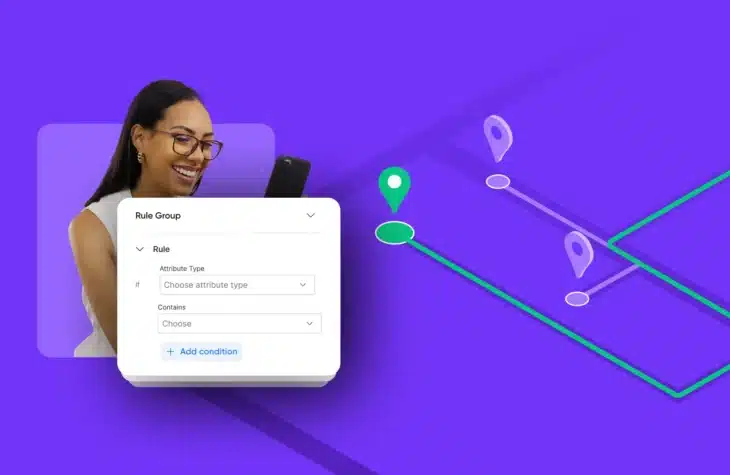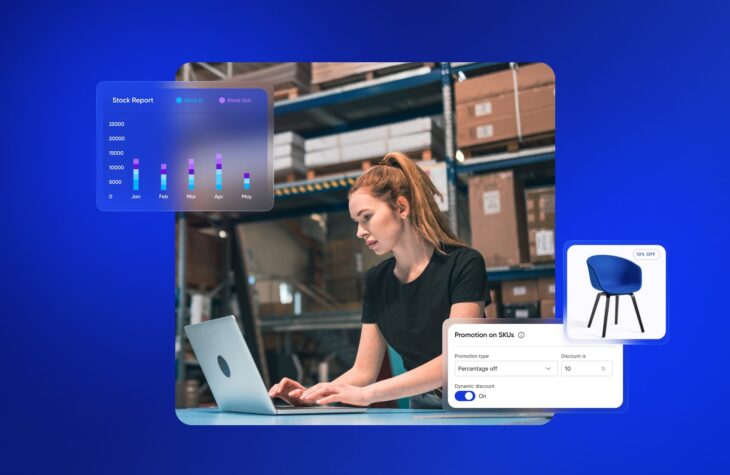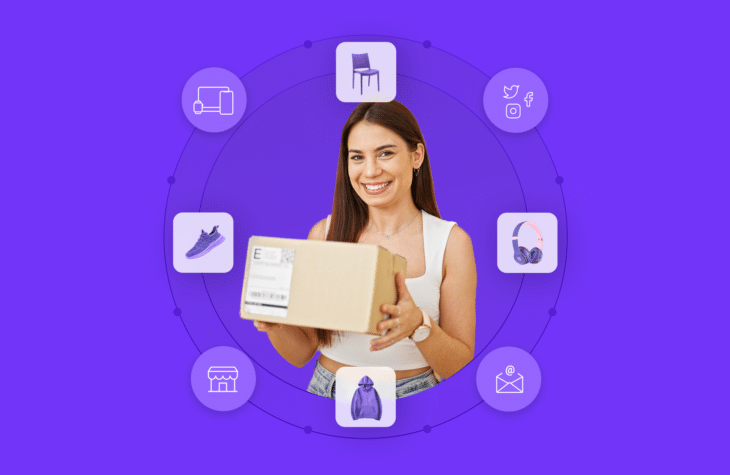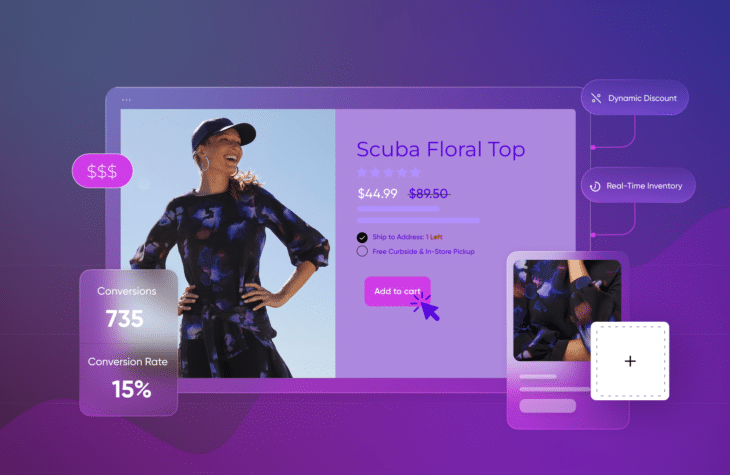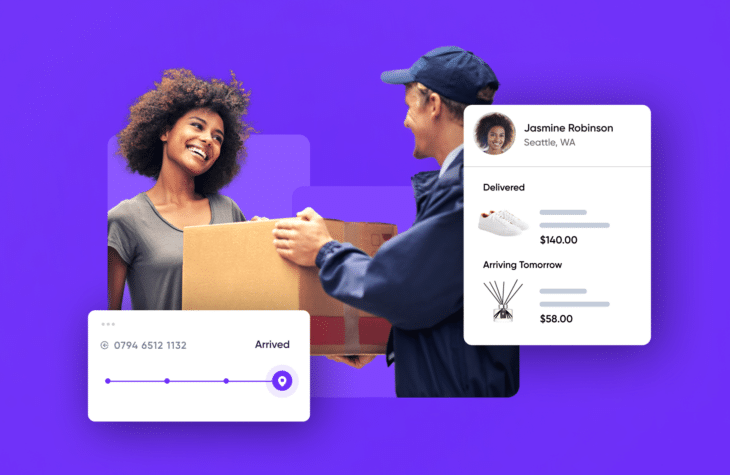Post-Purchase Experience: Building brand trust and customer loyalty
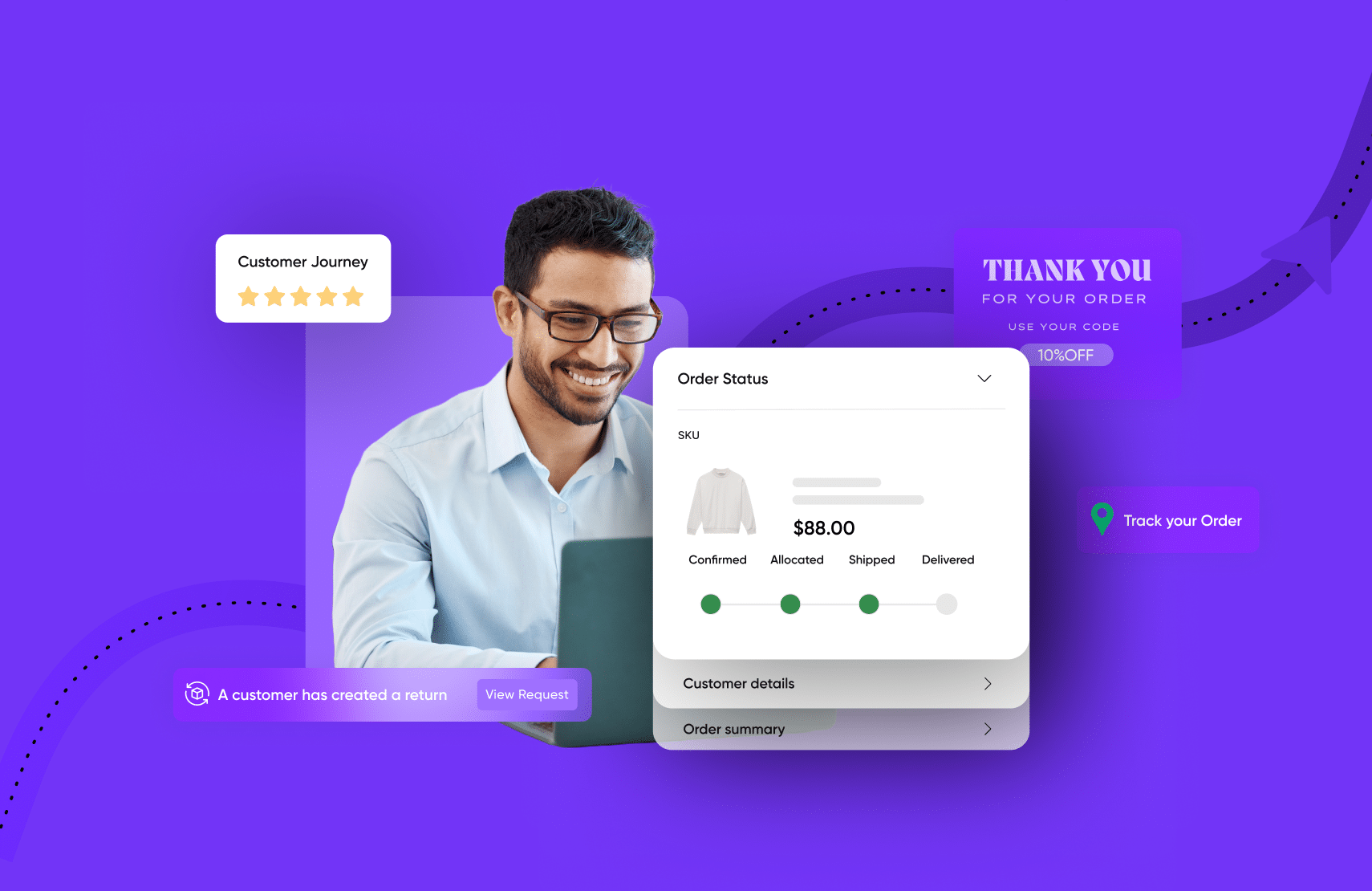
“You’ve got to start with the customer experience and work back toward the technology, not the other way around.”
– Steve Jobs
One critical aspect that retailers can often neglect is the post-purchase experience for customers. In retail, it’s not uncommon for companies to adopt the latest shiny tech to wow customers, yet what happens after a sale is arguably more impactful on long-term business success.
The post-purchase experience refers to what happens after a customer has made a purchase. It encompasses the window of time from the completion of the transaction to the delivery of the product or service and beyond.
Delivering a smooth and frictionless post-purchase experience should be a top priority for every retailer. According to PwC, businesses that reduce friction for consumers and empower all employees to “make things right”—whether through returns, price adjustments, or other policies—bring higher customer satisfaction, and more forgiveness. This point is critical because even when customers love a company or product, 59% of shoppers in the U.S. will walk away from a business after several bad experiences, and 17% will leave after just one bad experience.

PwC also found that customers who feel appreciated are happy to pay a 16% price premium when purchasing products and services. These stats underscore the importance of taking a holistic approach to the customer experience, from pre- to post-purchase.
What is the post-purchase experience?
The post-purchase experience in retail refers to the interactions and elements that follow a customer’s completion of a transaction. It encompasses the period after the purchase is made, extending from order confirmation to product delivery and beyond. A positive post-purchase experience is crucial for customer loyalty and retention, brand trust, and positive word-of-mouth. Key points of the post-purchase experience include:
- Order confirmation and communication: includes updates on order status and shipping.
- Delivery experience: involves fast and reliable product delivery.
- Customer support and assistance: refers to available, responsive, and helpful customer support to assist with inquiries, order issues, or post-purchase concerns.
- Returns and exchange: requires a simple, user-friendly portal that streamlines returns and exchanges.
- Post purchase communications: may entail recommendations, promotions, rewards, loyalty program enrollment, customer referrals, or other incentives to build customer loyalty.
- Feedback and engagement: includes product reviews and customer satisfaction surveys.
How can retailers improve the post-purchase experience with a modern order management system (OMS)?
An order management system (OMS) is a software solution that simplifies the management of inventory, orders, and fulfillment and plays a vital role in the post-purchase experience by ensuring timely communication, providing real-time updates, improving customer support, and facilitating smooth returns and exchanges. Below are a few common use cases for how a modern solution like fabric OMS can improve the post-purchase journey.
Real-time customer communications
A modern OMS provides real-time and accurate updates to customers regarding their orders. This includes real-time notifications for order status, shipping information, refund status, and any potential delays. For example, fabric OMS integrates with a retailer’s preferred email service with a notification API to allow retailers to send transactional email updates regarding customer orders. This integration enables real-time email notifications for specific order update events. Additionally, fabric’s order webhooks API lets merchants subscribe to over 15 event types for different order lifecycle status updates.
Contact center support
To provide post-purchase customer support, a customer service representative (CSR) must be empowered to solve a wide variety of issues that may arise. fabric OMS enables efficient handling of call center cases by providing real-time order lookup capabilities. This ensures that CSRs have instant access to order information which helps with quicker issue resolution.
Additionally, if there are customer service issues, such as when a discount is not applied or when the purchase experience is unsatisfactory, the CSR may need to provide some form of compensation to the customer. A feature like discretionary appeasements empower call center agents to offer personalized solutions which enhances customer satisfaction by addressing concerns and resolving issues quickly. fabric OMS also has native handling to ensure that you never over refund a customer and it also supports use cases like exchanges, returns, and gift card creation.
Another powerful OMS use case that can enhance the post-purchase experience is when appeasements are used to apply coupons and discounts after a purchase is complete. For example, if a customer places an order but forgets to use a coupon, or they need to reorder a product and need to use the same coupon again, a CSR can apply the coupon or discount and the customer can still benefit from the promotion, even after completing the purchase. Appeasement functions not only encourage customer loyalty but also provide a means to rectify any oversights in coupon usage.
Assisted order placement and discretionary adjustments
If the customer is not tech-savvy, or if they want to purchase an item immediately, or if the retailer wants to provide a higher level of customer service, there are certain situations in which a CSR will want to place an order for a customer. Whatever the reason, a modern OMS can allow a CSR to complete an order using a function called assisted order placement.
Additionally, there are many instances when a transaction may not go through as intended, and may require a CSR to modify or replace an order. A discretionary adjustment feature in an OMS allows for quick and easy price changes, ensuring flexibility in catering to customer needs and accommodating changes and preferences even after the initial purchase.
Post-order coupons and promotions handling
Another interesting post-purchase use case is reverse coupon redemptions. For example, when an order is cancelled, retailers often need to reverse the coupon discounts that were applied during checkout. With fabric OMS, post-order coupons and promotions handling allows users to un-redeem coupons when orders are cancelled. Because this process is all event-driven, retailers can subscribe to fabric OMS webhooks to quickly handle these scenarios.
fabric OMS also handles refund logic to prevent customers from being overcompensated when orders with promotions are cancelled. For instance, if a customer uses a “buy one get one” promotion and cancels one item, fabric OMS ensures they don’t receive a partial refund that would result in getting the remaining item for less than intended. This feature helps maintain fairness in promotions and prevents abuse of the refund system.
Optimize the post-purchase experience with fabric OMS
To craft an exceptional post-purchase experience today, retailers need order management software that boasts the necessary features, integrations, and adaptability required to streamline operations, enhance communication, and meet the needs of customers. fabric OMS is a modern solution that powers real-time orders and updates, contact center support, assisted order placements and adjustments, and post-order coupons and promotions handling so retailers can deliver the best possible outcomes for their customers.
If you want to learn more about fabric OMS and how it can help you optimize the post-purchase experience for your customers, get in touch with us.
Digital content editorial team @ fabric.
